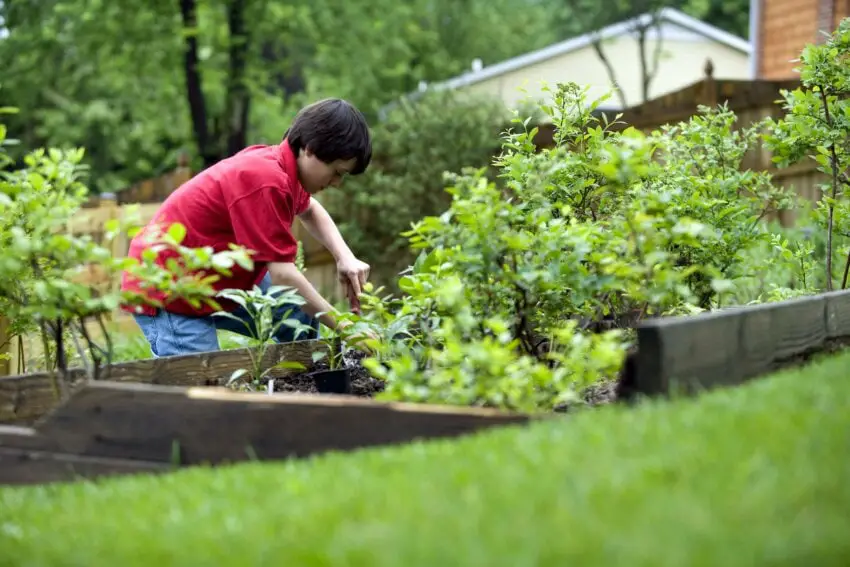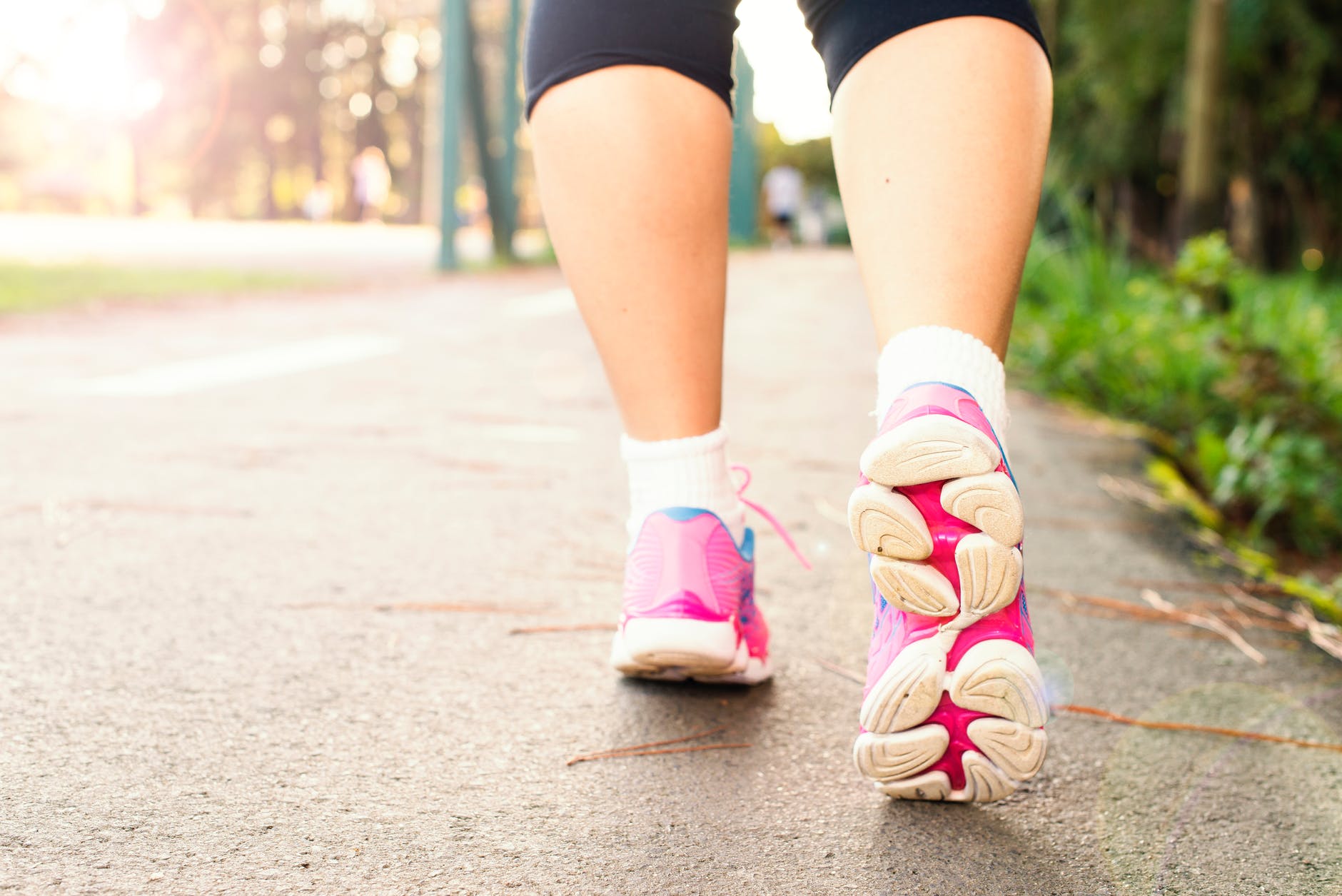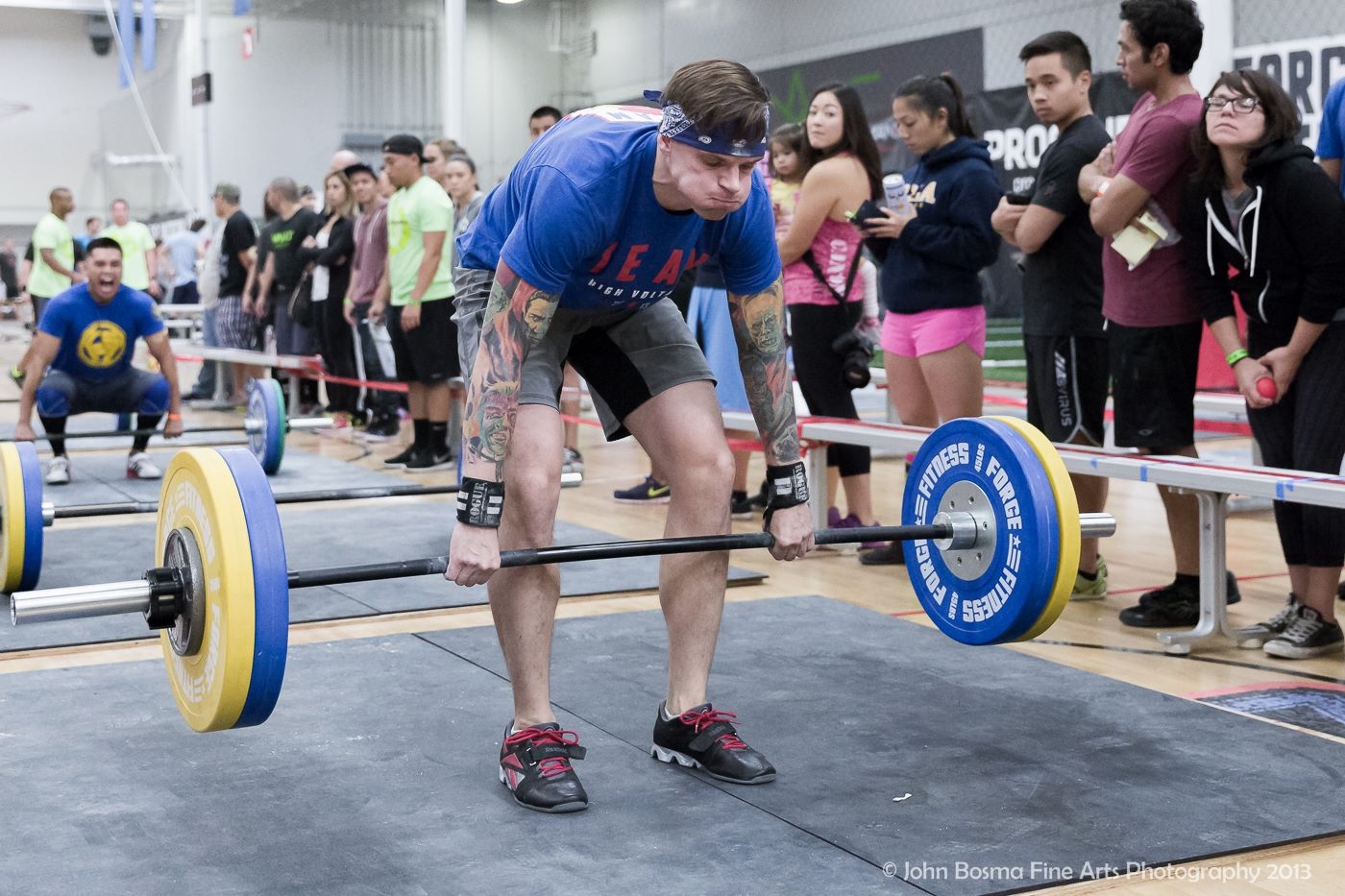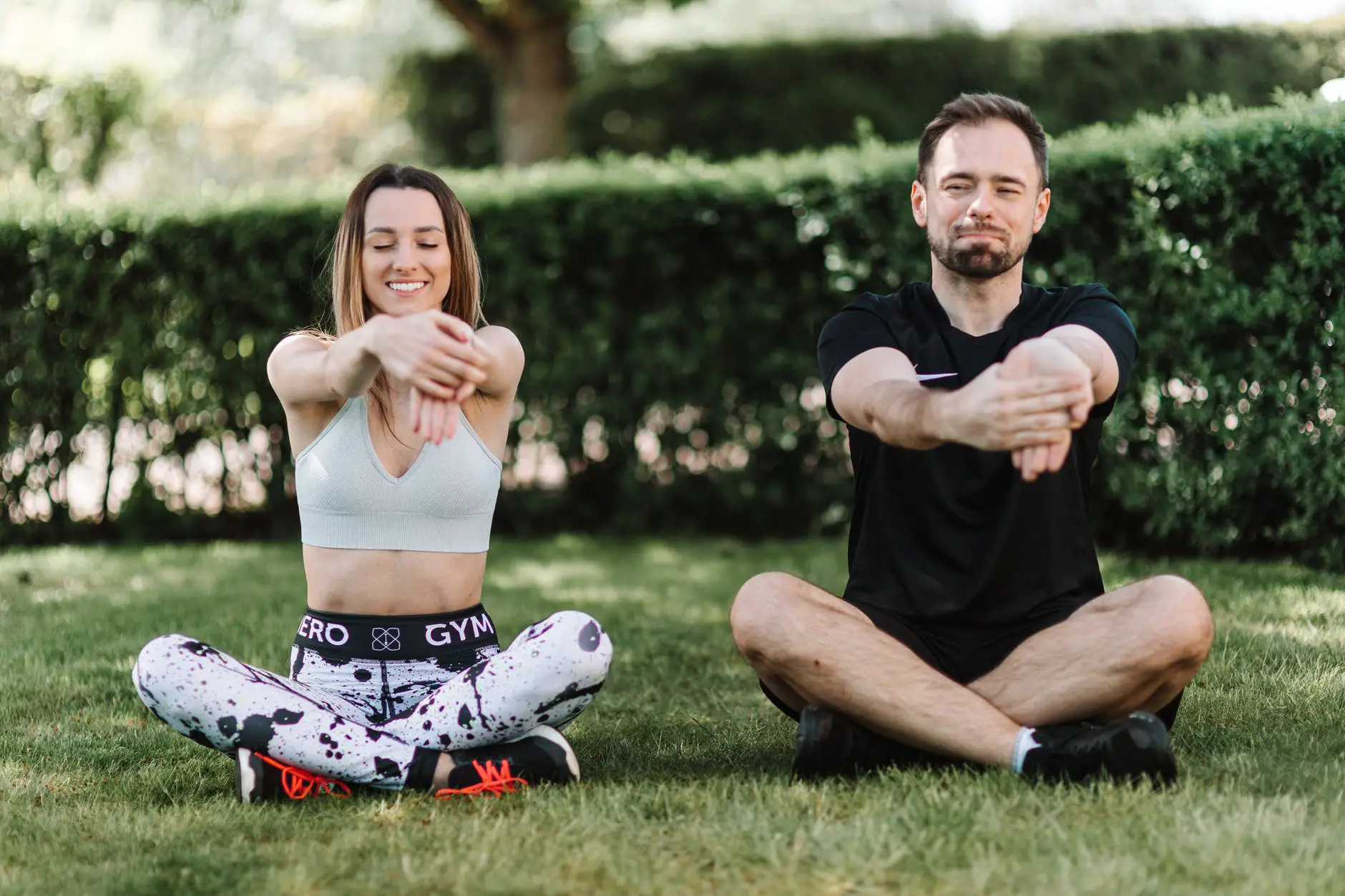Whether during confinement or in general, many people are getting into the gardening to enhance their daily lives. It is also an excellent form ofexercises to improve health and well-being, promote relaxation and strengthen muscles. However, it can also be responsible for back pain and lower back pain. In this article, discover useful tips to prevent back pain when tending to your garden.
Involvements of the back in gardening
A few words about the anatomy of the lower back
Le lower back or lumbar spine is composed of 5 vertebrae. Between each segment of the spine there is a disk that exists to absorb shock.
You may have heard of a herniated disc ? This is a very common condition and most commonly occurs between lumbar segments 4 and 5. Each vertebrate has facet joints that are attached to the back muscles. Nerves exit your spine at these levels.
If the spine bears an excessive load or if you practice a repetitive movement of the pelvis, irritation of the articular facets can occur (zygapophyseal osteoarthritis) or nerve root impingement (radiculopathy).
This is often the case when you do your gardening the wrong way. You ask a lot of your discs lumbar and your lower back muscles.
Why is the muscle core so important?
The trunk muscles include the glutes, pelvic floor, diaphragm and deep abdominal muscles and some back muscles. These muscles work together to form a solid central unit of your body to withstand the load. They help you control your hips, knees, back and shoulder blades. At the top of this solid unit is your diaphragm and at the bottom, your pelvic floor. Your deep abdominal muscles and your glutes form the sides that hold this solid core. These muscles all work together to support the lower back.
Back pain and gardening, what is the link?
Although a popular hobby for many people, gardening is a leading cause of back pain or between the shoulder blades, especially in the over 40s.
Looking after a garden can involve different movements that are not always appropriate for each individual: excessive bending, twisting, prolonged squatting, carrying heavy objects...
These movements can lead to uncomfortable conditions that can strain the lower back muscles. THE'prolonged use of gardening tools, such as a shovel, rake, hoe and garden shears are also likely to cause lower back pain.
This is partly due to the repetitive bending motion your back, bending forward for long periods of time, for example when planting, digging, raking or pulling weeds. Note that any type of repetitive action can be stressful on your body, and even more so if these movements place undue stress on your body tissues.
Indeed, these conditions lead to microtraumas in the muscles and other structures concerned. These are therefore subjected to inflammation in an attempt to heal and repair themselves. This inflammation, although beneficial in the majority of cases, is responsible for lower back pain and other associated symptoms (nerve irritation, stiffness, etc.).
In short, gardening involves gestures likely to tire the back, especially in its lumbar part. In this case it is appropriate to strengthen supporting muscles of the trunk especially the deep muscles of the pelvic girdle.
Tips to prevent back pain from gardening
Even if your back pain already existed before your passion for the garden, these tips will still be useful to relieve and prevent this discomfort.
The golden rules to avoid hurting your back when gardening
Follow these guidelines to fight back pain while gardening.
- Bend at the knees instead of the waist when lifting bags to avoid back injury, especially when lifting heavy objects. If you are at a center or a garden supply store, ask for help from an employee in the store and in your car.
- Use wheelbarrows and garden carts to carry heavy objects like pots and watering cans from place to place.
- Use kneeling pads with resilient or memory foam to cushion the impact on your knees.
- Use low chairs to sit on while gardening.
- Use garden scooters to facilitate your movements and bring you closer to the ground without exerting extra pressure on the lower back and core.
- Opt for long-handled tools ergonomic Which make it possible to gardening standing up.
- Check root depth before pulling weeds or small shrubs. Underestimating deep-rooted plants can exert a unexpected and additional pressure on your back and spine.
- Plan your tasks in the garden and make frequent breaks to get up, walk or sit down. Moderation is the key. Take a break every 20 to 30 minutes of work.
- Stay hydrated especially if you work in the sun.
Stretch before and after gardening
As with any other exercise, warm up your body before taking care of your plantations. Try to prepare your back, knees, arms, shoulders and neck to help prevent body aches after gardening. Do each stretch below for at least 10 reps.
Stretches to do before gardening
- Lie on your back on a hard surface. Bend your knees and push the legs together down towards your chest. Then swing your knees to the left and then to the right, touching the ground if possible. Hold each position for a few seconds. Relax and repeat. Use your hands to hold your knees.
- In the same position, bring your right knee to your right shoulder and then to your left shoulder while the left knee is flat. Then reverse the legs: left knee towards the left shoulder then the right shoulder while the right knee is flat. Space the exercises with a break of 10 s. Get on the floor on your hands and knees with your back up. Arch your back upward, pulling your belly inward. Hold and then let your back and belly come down as much as possible. Space the exercises with a break of 10 s.
Stretches to do after gardening
- Stand upright with your arms fully raised. Bend sideways to one side and then the other. It is important to feel the stretch in the hips.
- Stand upright with your hands on your hips. Rotate your upper body from the waist up, first to one side and then to the other as far as possible.
- Stand tall and bend over from the waist, putting your feet apart flat on the floor. Try to form an inverted "V" with your body and also put your hands flat on the floor.
If despite the precautions you still have back pain, remember to rest. If the pain persists or worsens, consult a specialist such as a rheumatologist or a physiotherapist to make the diagnosis.
Projects
https://www.illicopharma.com/blog/soulager-prevenir-mal-de-dos-lie-au-jardinage/









